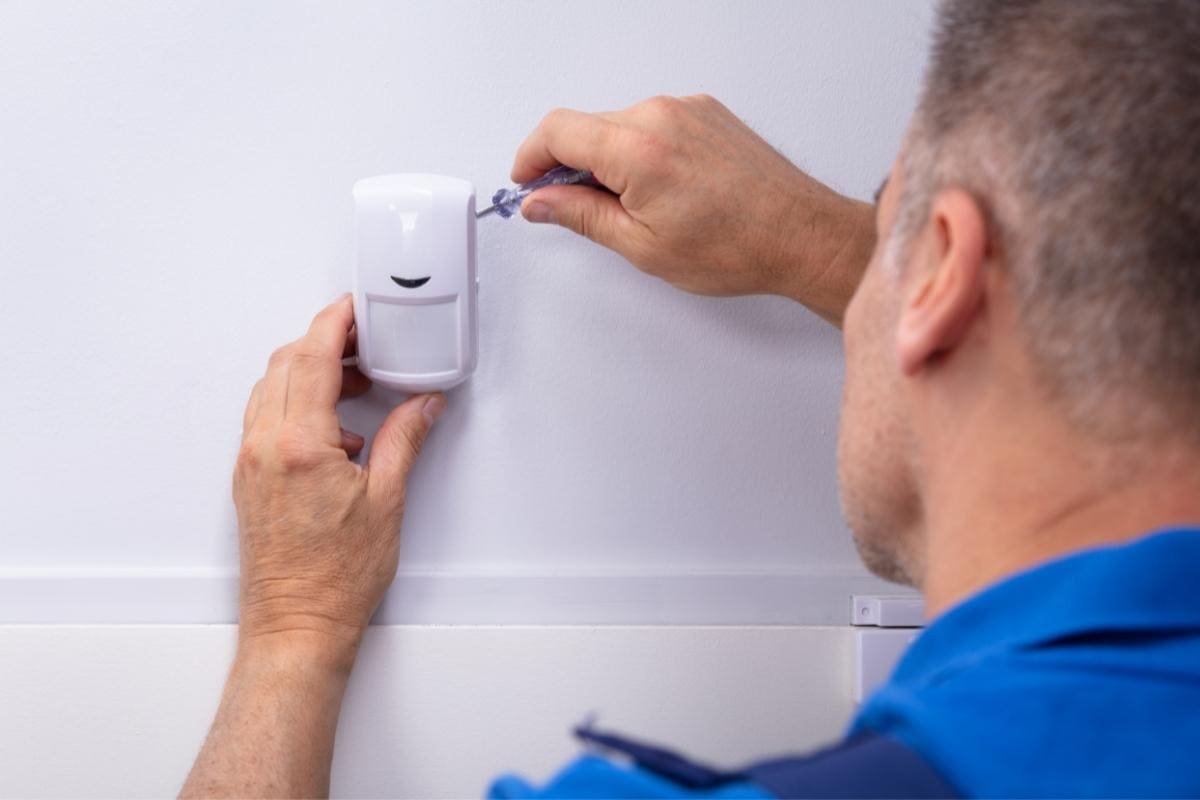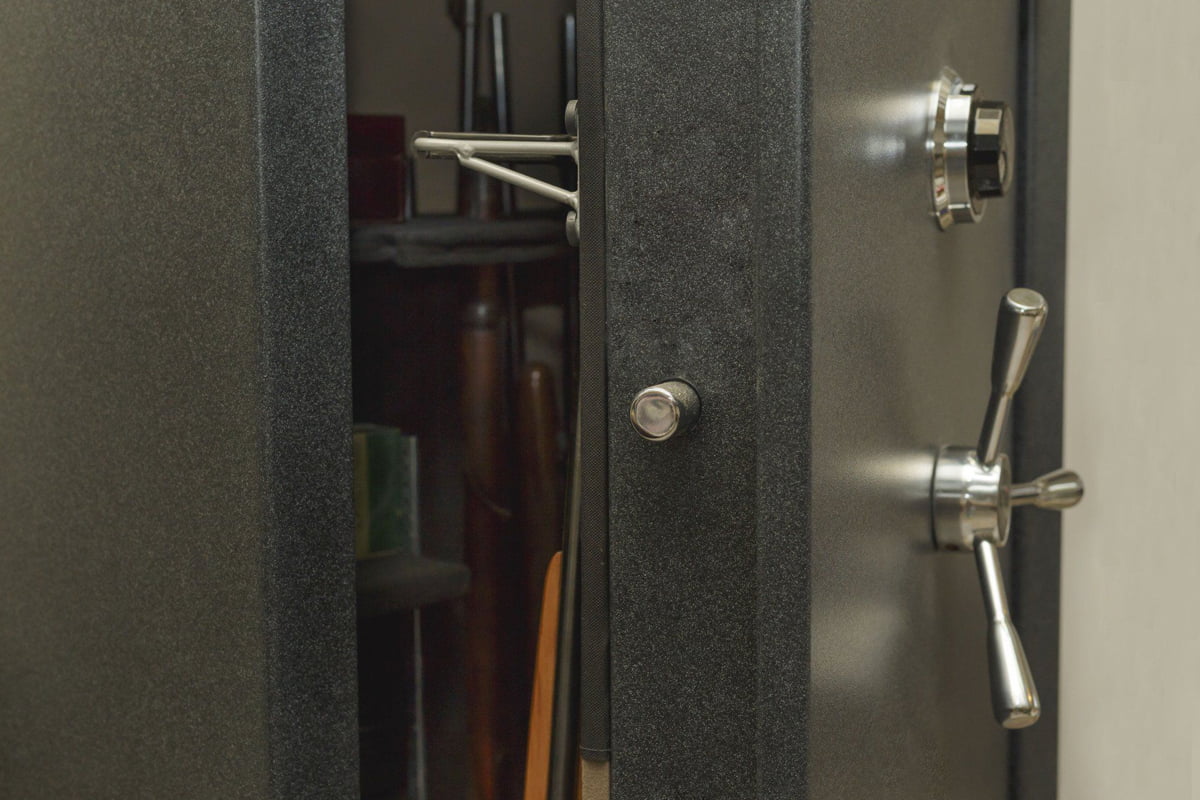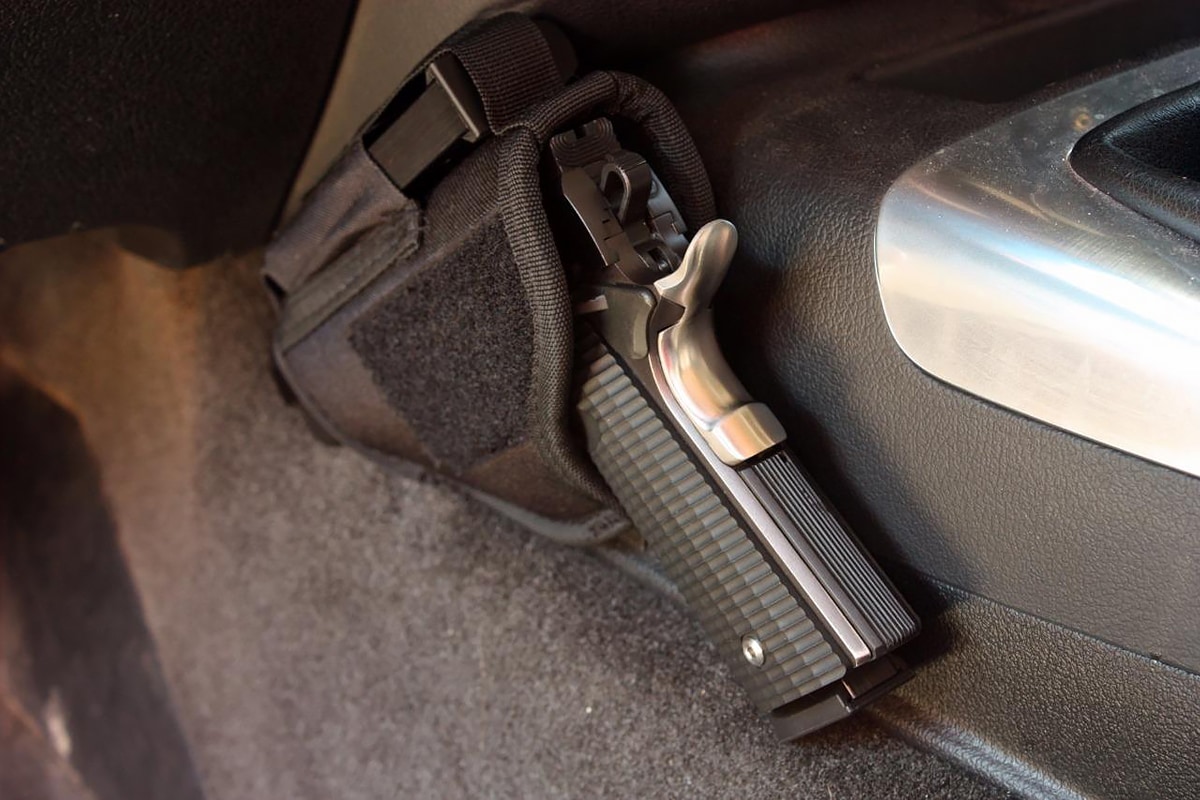False alarms can be a major nuisance, but sometimes the problem doesn’t require a major system overhaul or for you to pay a company technician to service your system. Often, alarm systems generate a false alarm because a small issue needs to be corrected for the system to function properly.
Before you go and request an expensive service call, try out these troubleshooting tips and tricks first. We could possibly save you some time and money!
Did You Put in the Wrong Code?
Really though, did you? By far, one of the most common mistakes that homeowners make is putting in the wrong code when trying to disarm their system.
So, double check you’re not putting in your bank PIN or iPhone password and make sure you’ve entered the correct code. This will ensure you are not the cause of another false alarm.
Do You Know How to Work Your Control Panel?
You might be surprised but many homeowners never quite learn how to actually work their control panel. Modern alarm systems with their many features can be confusing without any training.
It can be easy to trigger a false alarm by accidentally sending a panic signal from your keypad or control panel if you do not have a good understanding of how your system really works. If you’re having trouble working your panel, try checking the instruction booklet or calling your provider’s support lines.
Try Changing Batteries
Many alarm systems can accidentally be triggered when a low battery only charges a sensor or panel partway. Make sure all of your batteries are up to date and charged to eliminate this as a potential cause of a false alarm.
Close All Your Windows and Doors Firmly
Another potential cause of a false alarm can be that your windows and doors might not be securely closed and their sensors may be picking up only a partial signal.
Particularly, some windows have a habit of not shutting all the way and leaving a gap between the sensor and its magnet. Also, remember to secure any doors or windows that might be blown open by the wind.
Check Motion Sensors
Been having troubles with your system ever since you put up that new chandelier or those new curtains? Some homeowners face this problem when installing hanging objects that obstruct their motion sensors’ field of view.
Make sure to take any current motion sensors’ ranges into account when making modifications to your home, especially if they are hardwired connections, to prevent a false alarm from occurring.
Make Sure Your Sensors Are Clean
Some motion sensors or smoke detectors can accidentally go off when they become covered or clogged with dust. A simple can of compressed air with a nozzle can be used to quickly clear out any trapped particles. You might be surprised at just how much dust can build up in your sensors over time!
Make Sure Your Pets Aren’t Setting Them Off
Not all motion sensors are designed to be pet-proof. If you live in a home with dogs or cats or any other free range pets, you need to make sure any sensors that are installed are pet friendly. Otherwise someone might just find the police at your door responding to a false alarm every time Fido gets up for a stretch while you’re out of the house!
Still Having Issues?
If none of the tips above resolved your issue, then there may be a more serious problem causing the false alarms. Reach out to your home security provider for more assistance immediately.
One Last Word of Advice
A few home security companies, most notably Guardian Protection, are aggressively working to reduce false alarms by creating new industry best practices. We strongly encourage you to reach out and explore how your service provider is trying to reduce false alarms for its customers.









